Safari: Sanbona

It takes 40 minutes from Sanbona’s main gate to the lodge by car.
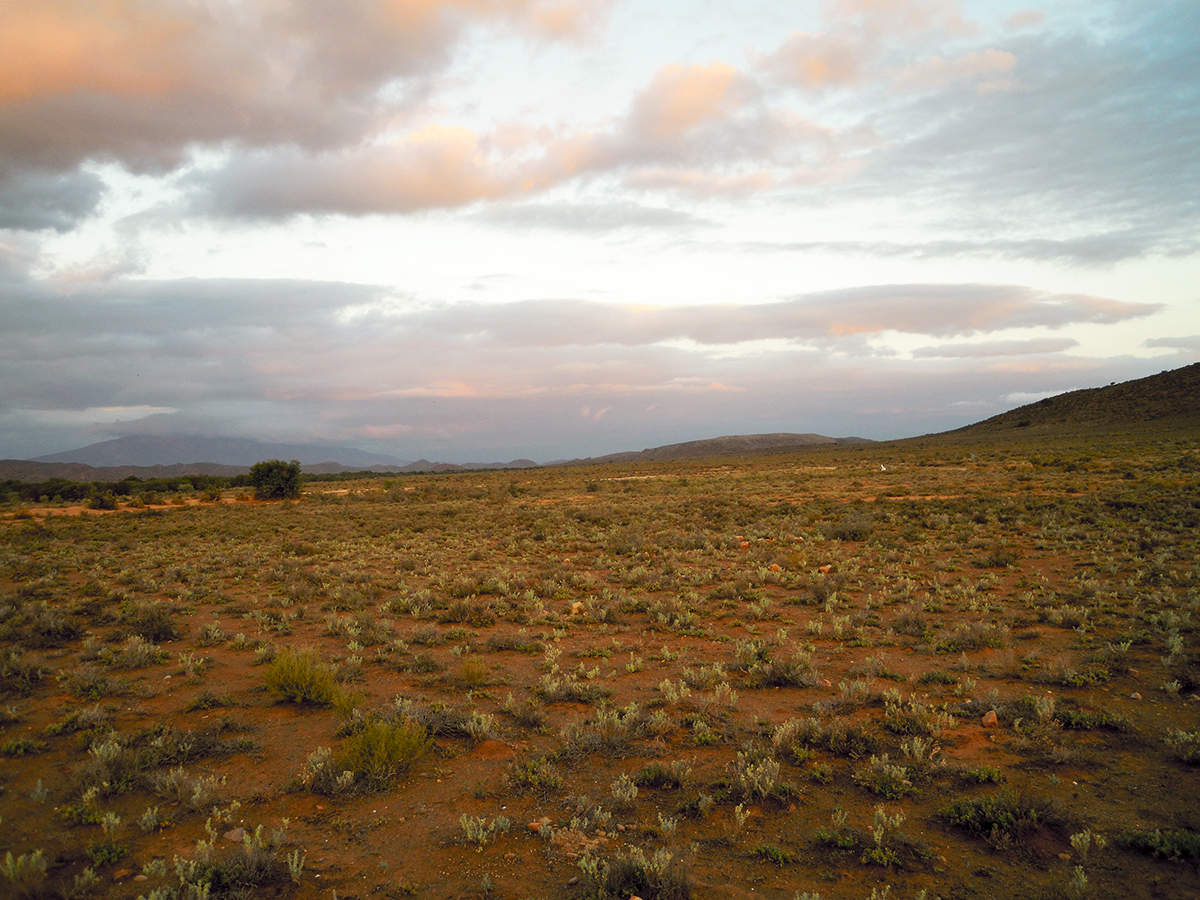
Sanbona comprises of 54 000 hectares and the reserve itself is very beautiful and has a varying terrain; you will see both mountains and plains, fine flora and fauna, and lots of animals, of course.
Sanbona has the so called Big Five: Elephant, lion, rhino, buffalo and leopard.
Staying on a safari is not, obviously, the same thing as visiting a zoo, so there are no guarantees that you will actually see elephants or lions. We were in luck and saw lots of animals – however, neither the buffalo nor the leopard.
I really liked Sanbona and the management of the reserve felt truly genuine and sustainable. The guides were careful not to disturb the animals.
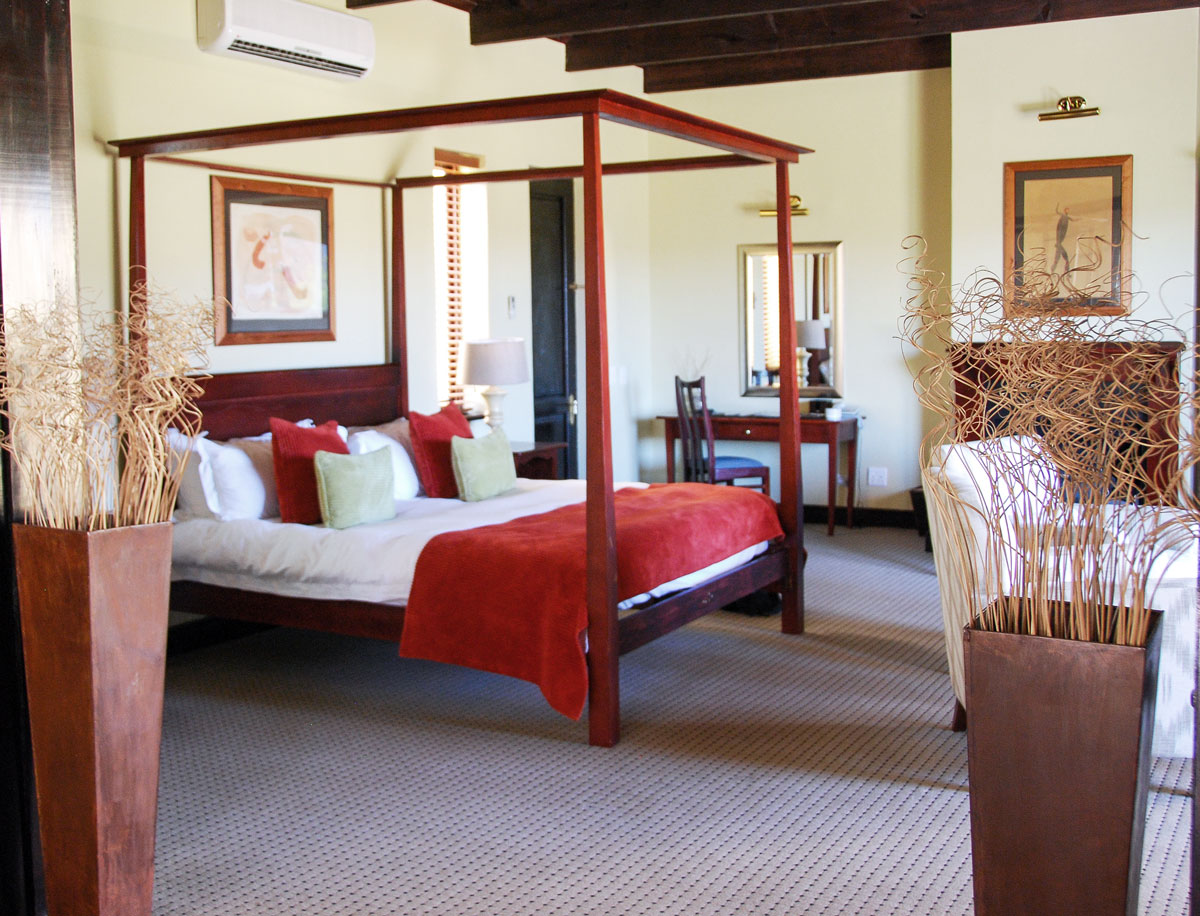
Sanbona has different kinds of suites and we stayed two nights in Tilney Manor. There is a restaurant, shared living areas, a gift shop and a pool, sauna and a spa.
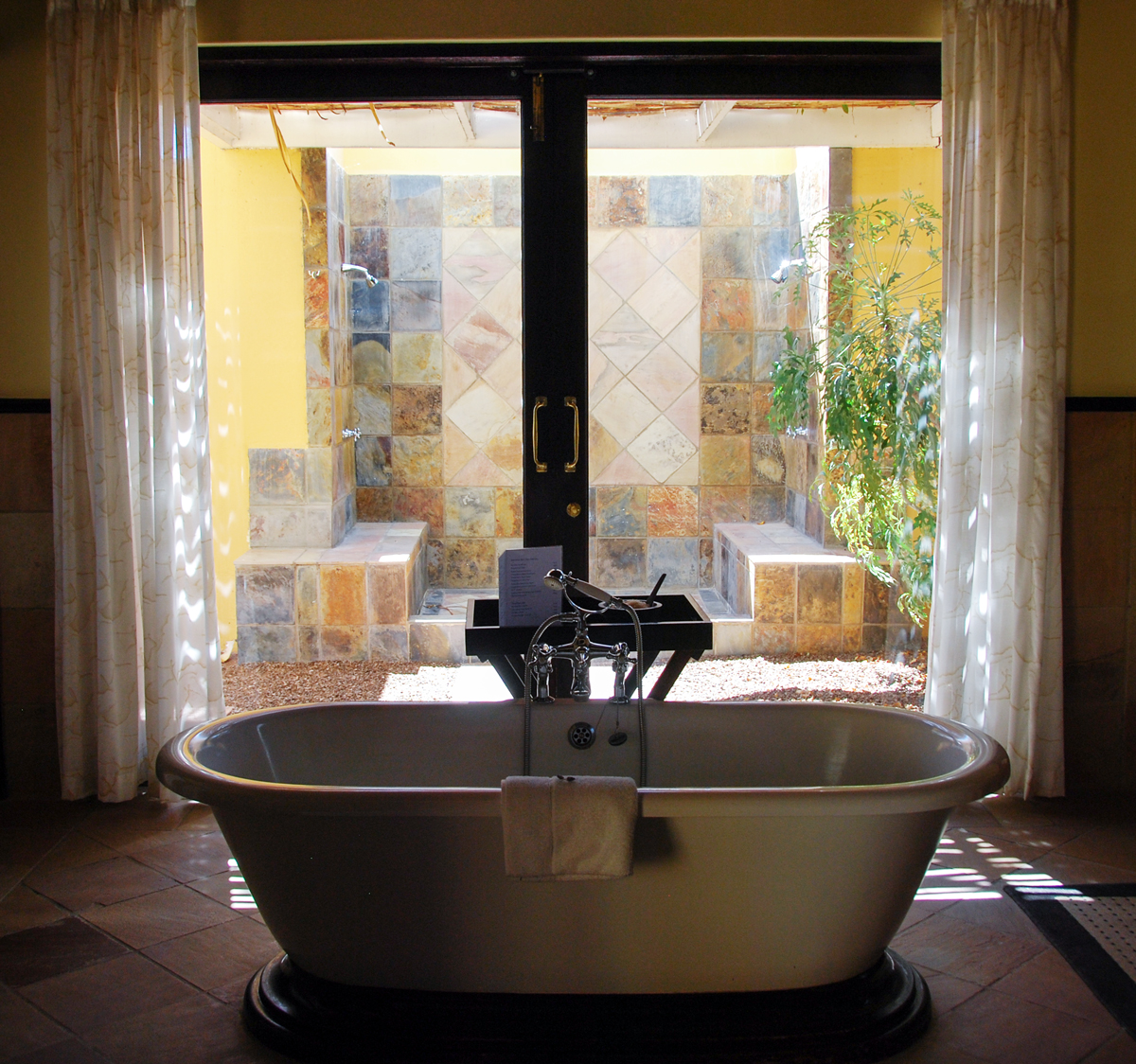
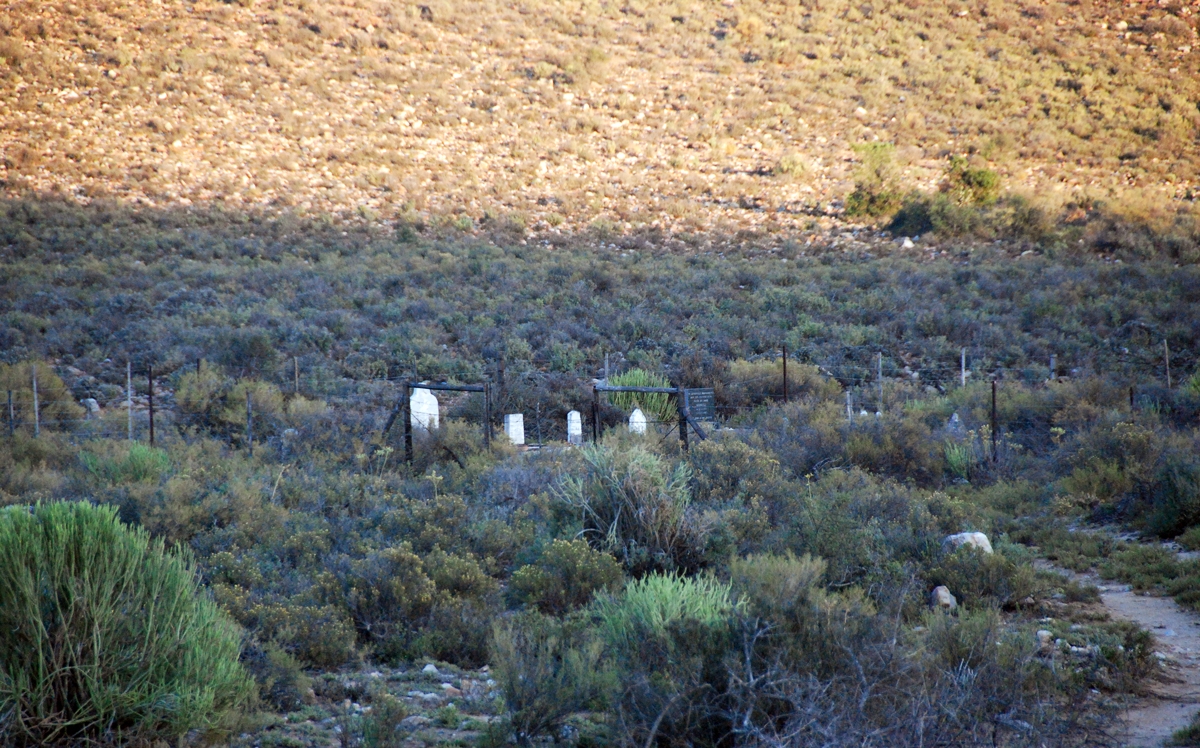
The area around the lodge is fenced so you will not be socializing with any wild animals on your way to dinner. However, there are scorpios around so you might not want to wear open shoes during the short walk.
While out in the bush, you must wear real boots, of course.
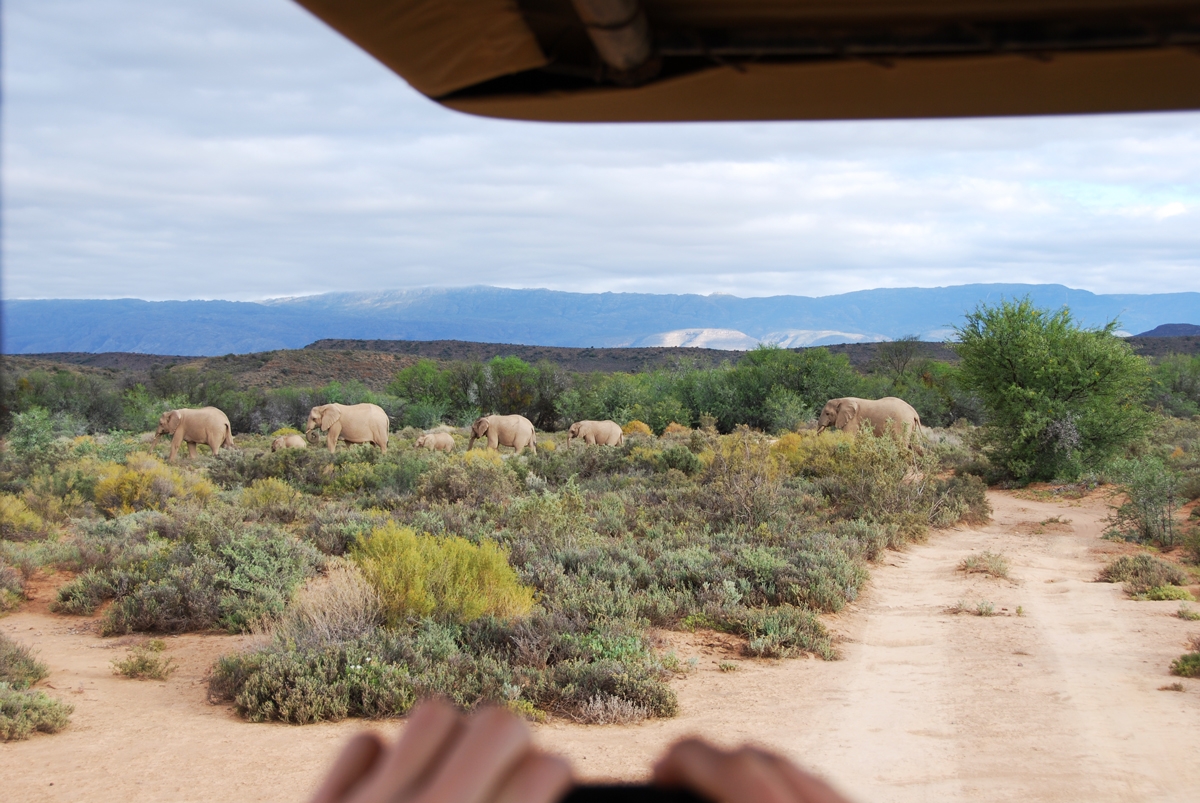
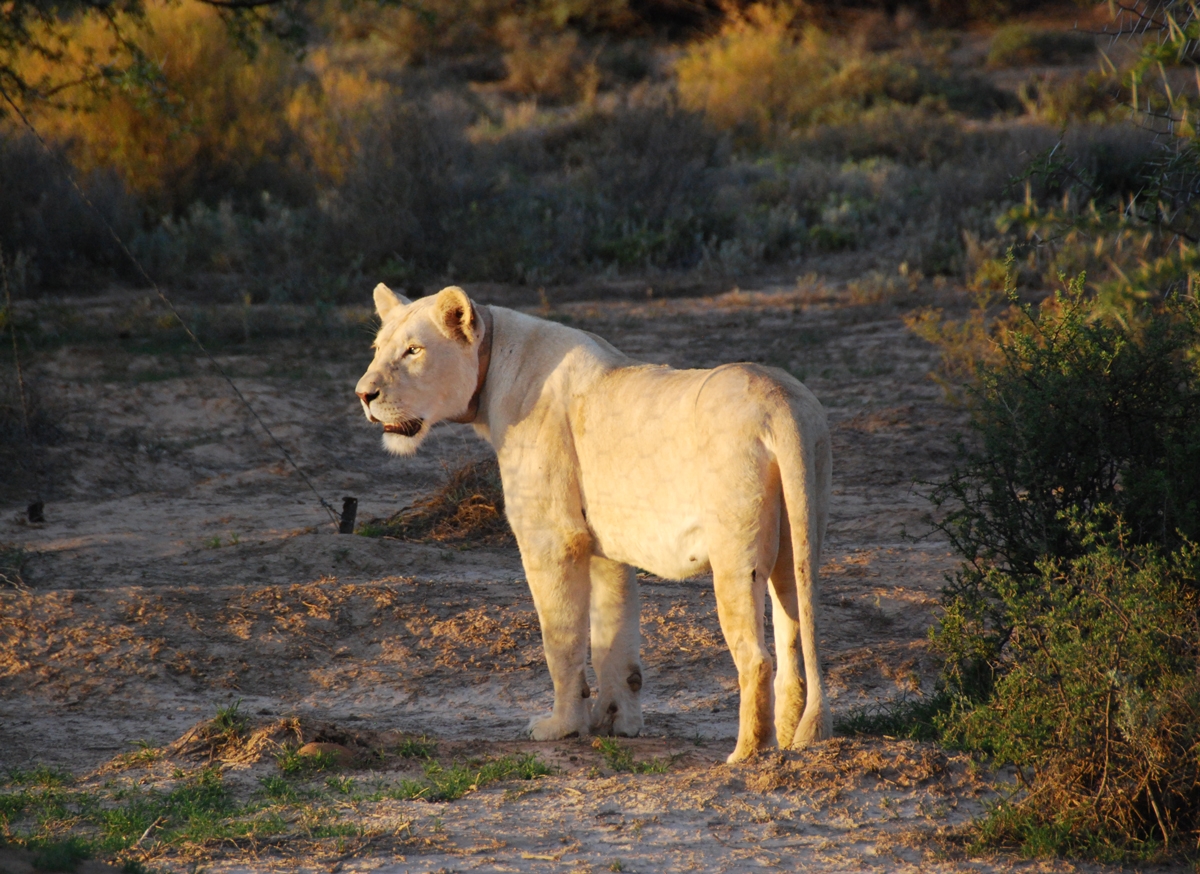
Long before we saw the lions there was this revolting smell of rotten meat and something else quite impossible to desribe. The lions eat c. 6 kgs meat a day and it is mostly the females who hunt since the males are guarding the flock.
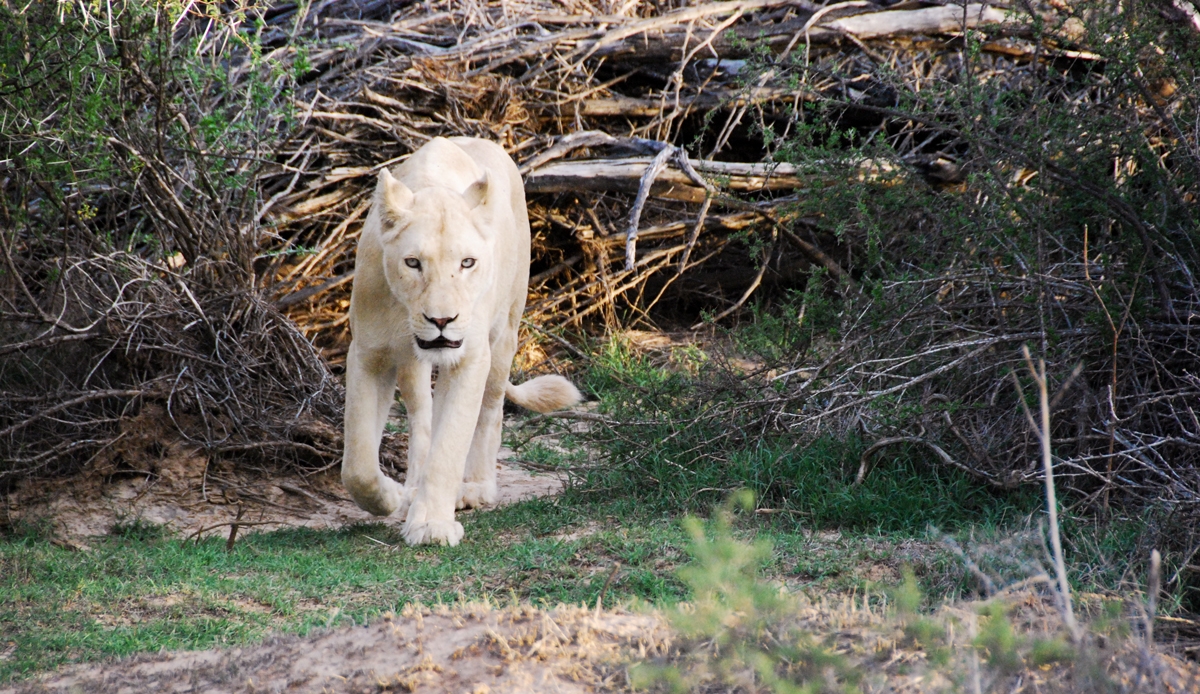
A lion can run as fast as 80 kms an hour. When it roars it tells the others that this specific area is taken and that roar will be heard 8 kms away. There are lions both in Africa and in India.
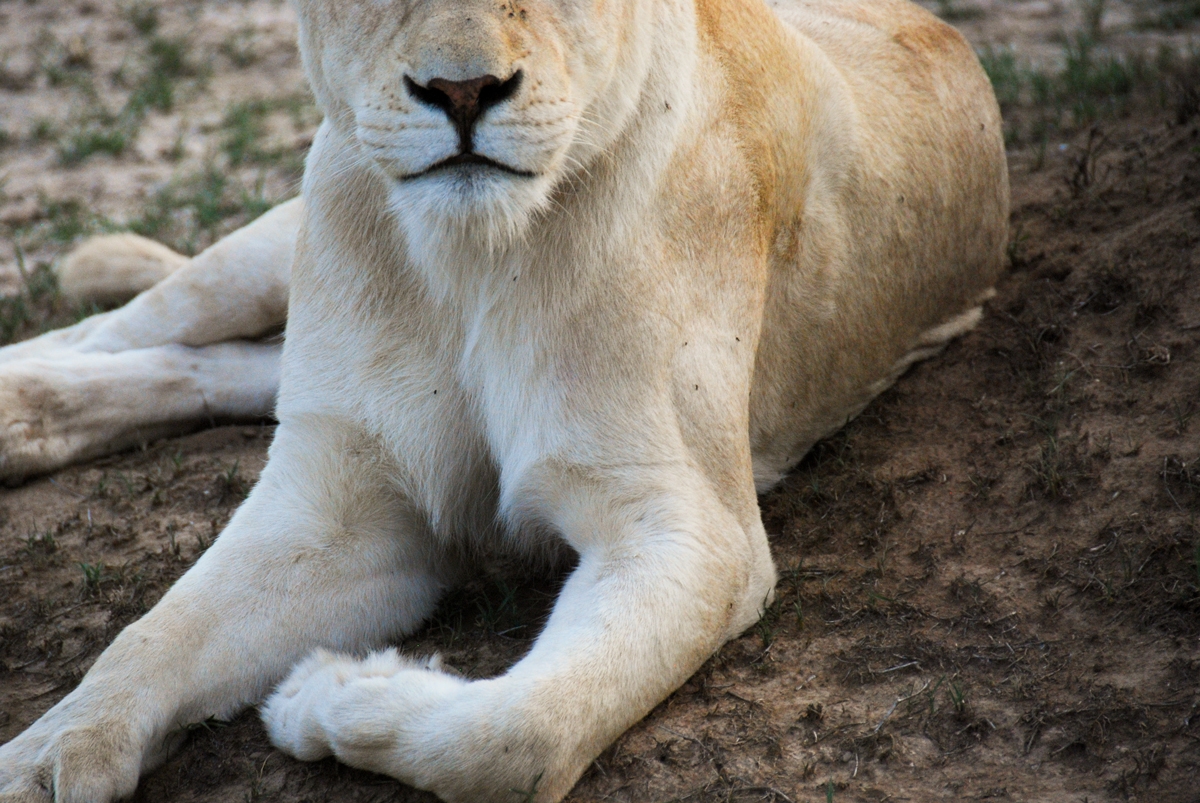
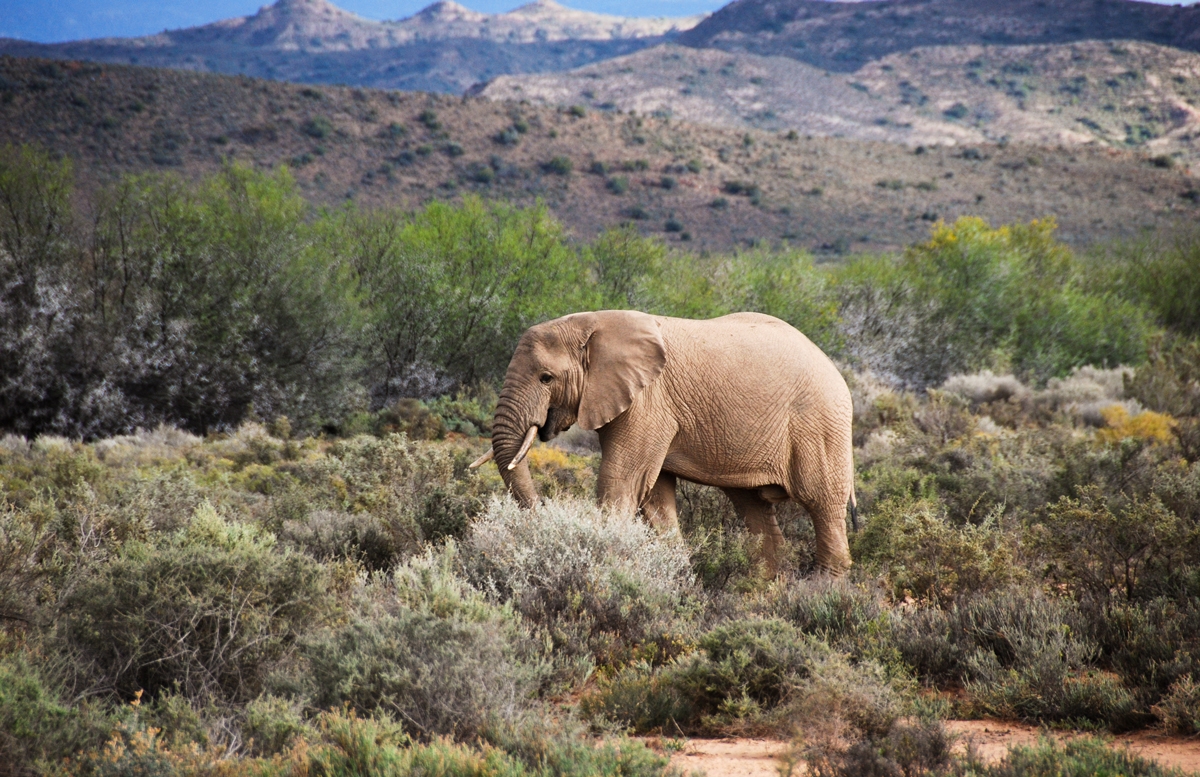
The African elephant is the world’s largest mammal living on land. An elephant can live 40-60 years, become 3,3 meters tall and weigh up to 6 tons.
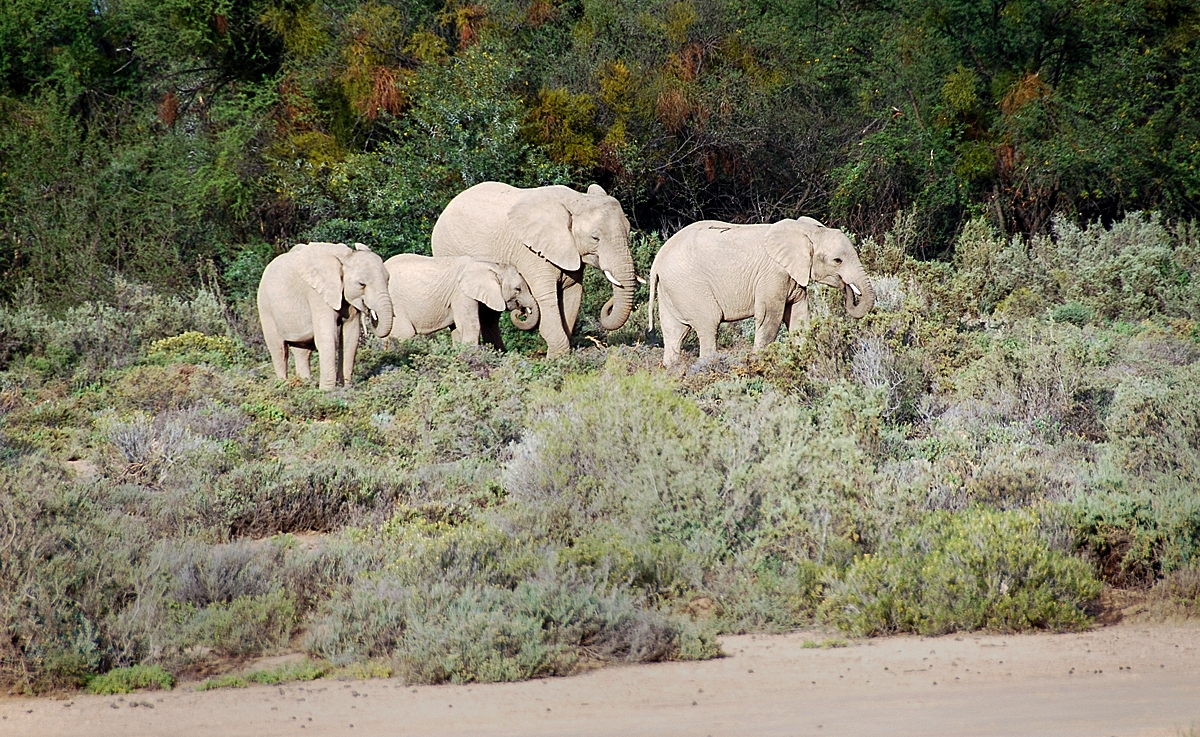
The elephant lives in a tight family group of c. 10 individuals. Several families can sometimes stay together and form clans of as many as 70 elephants. The herd is always led by a female, a matriarch.
In the beginning of the 20th century there were over 10 million (!) elephants in Africa. Today, due to the poaching of ivory, the number has dropped to 400 00. Approximately 20 000 elephants are killed by the poachers every year.
Paradoxically, South Africa allows culling as a means of controlling the elephant population. Some reserves offer trophy hunting so if you are against it make sure to double check before you book.
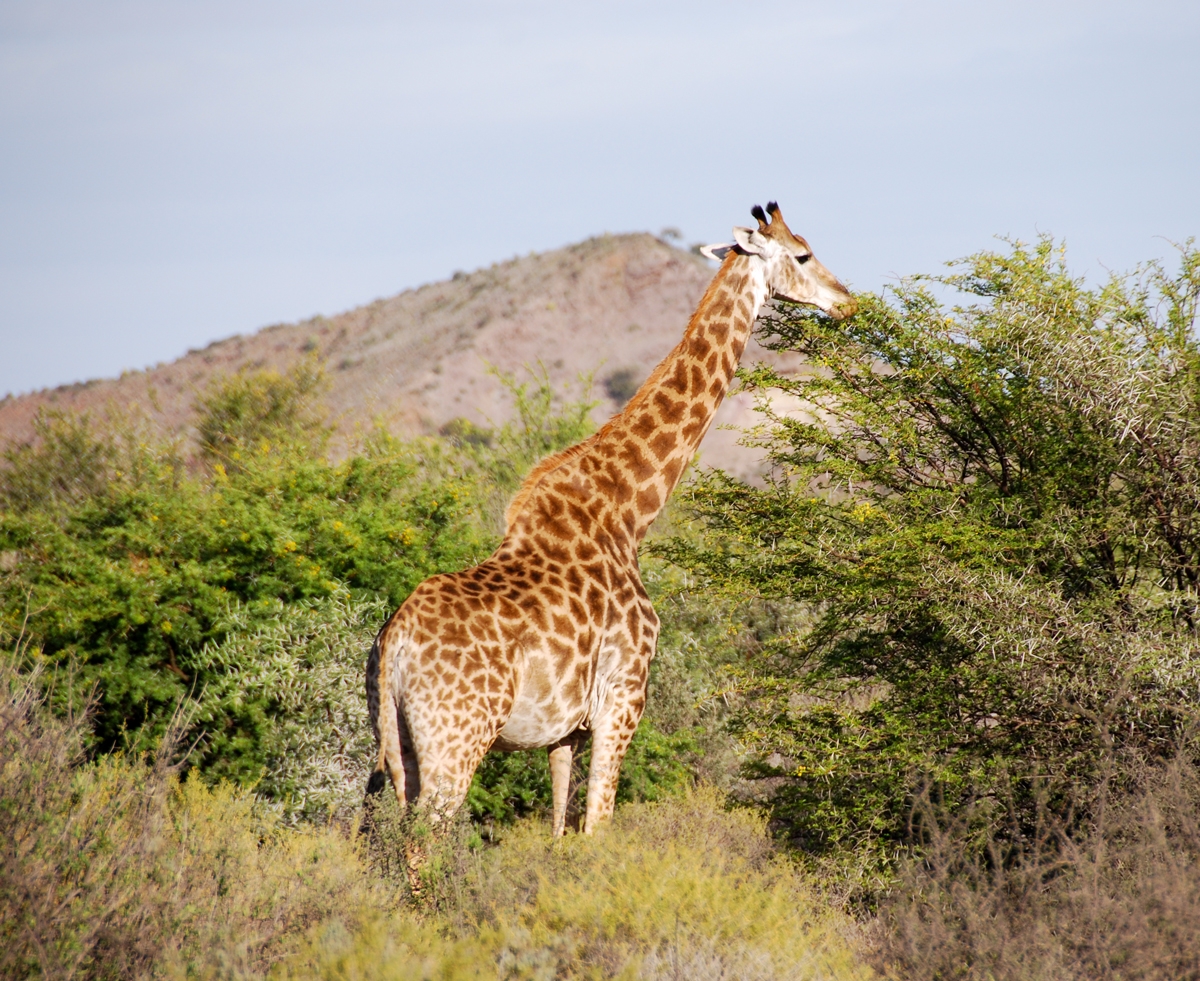
Giraffes belong to the ruminant species. They have four stomachs to digest leaves and plants. A female can be almost 5 meters tall and weigh about 1000 kg, a male a little bit more. The giraffe can live to 25 years old in the wild.
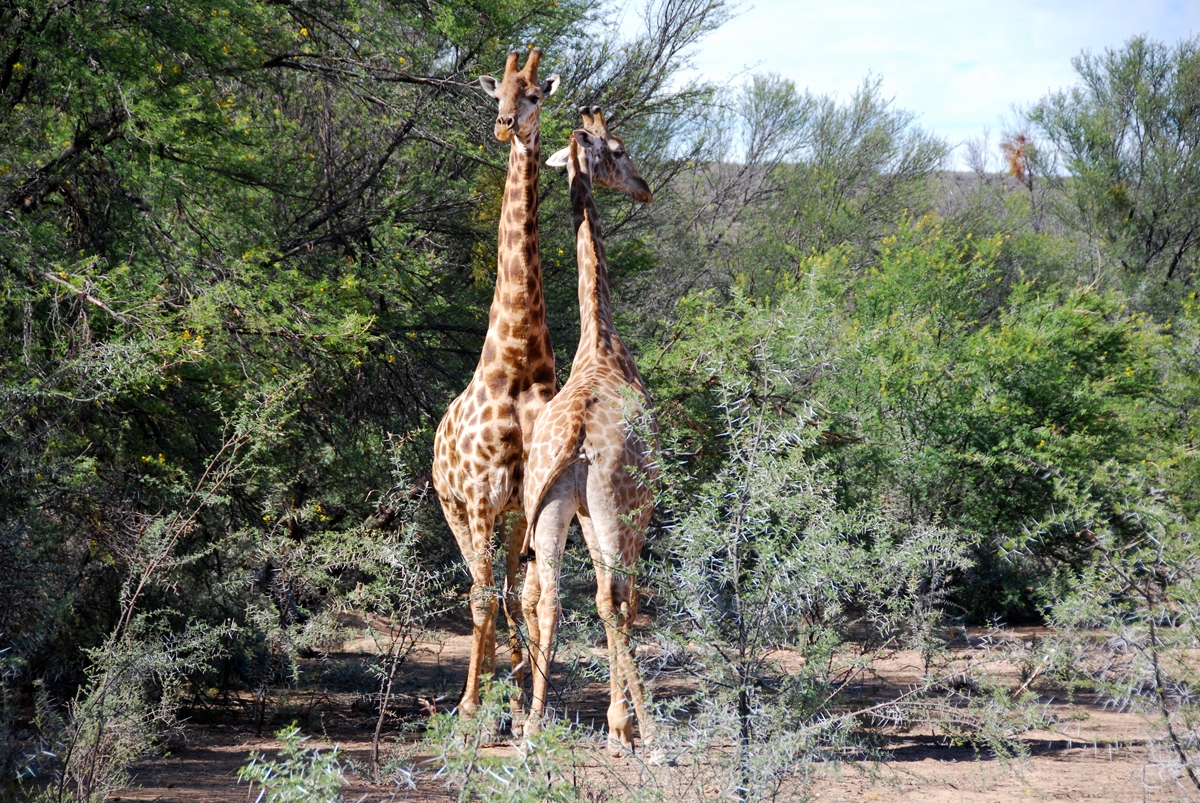
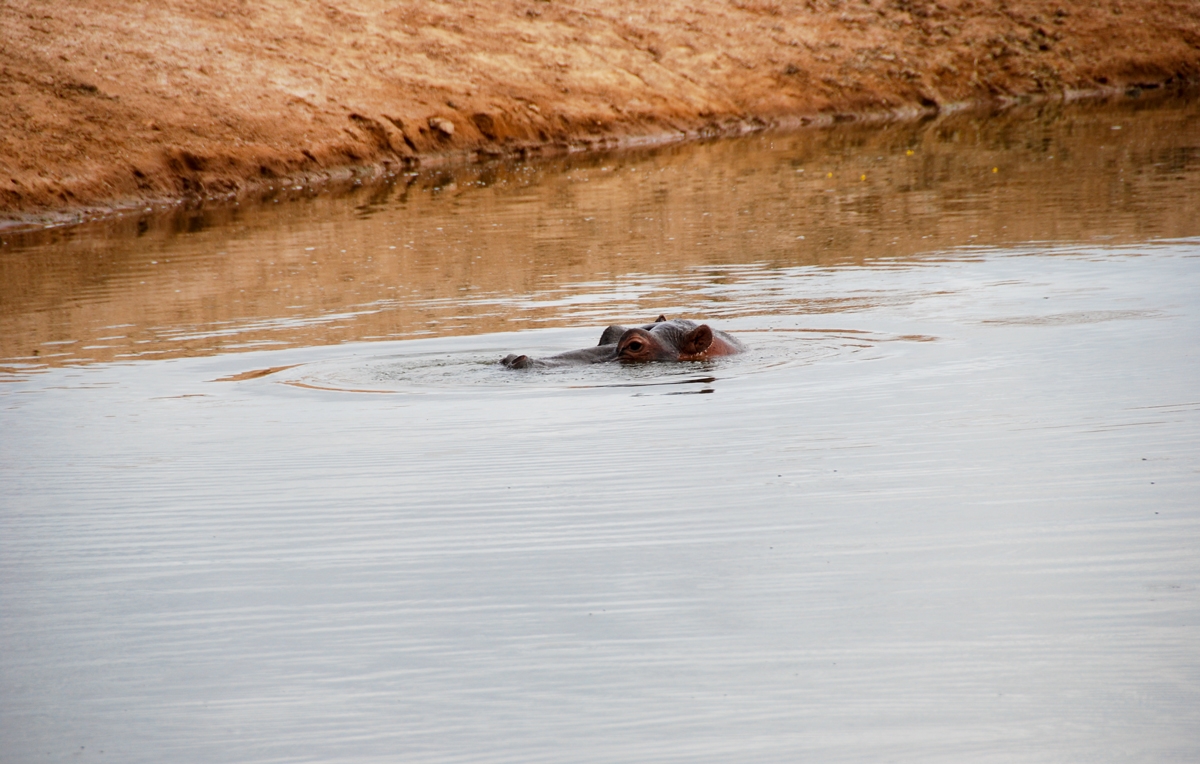
Hippos are considered to be the most dangerous animal in Africa and may live up to 40 years. Hippos eat grass and a male can eat up to 130 kg of it a day. No wonder they weigh 2 000 kg!
They are actually bad swimmers strangely enough since they spend most of their lives in water. They manage by walking on the river bottom and they can hold their breath under the water for up to 10 minutes.
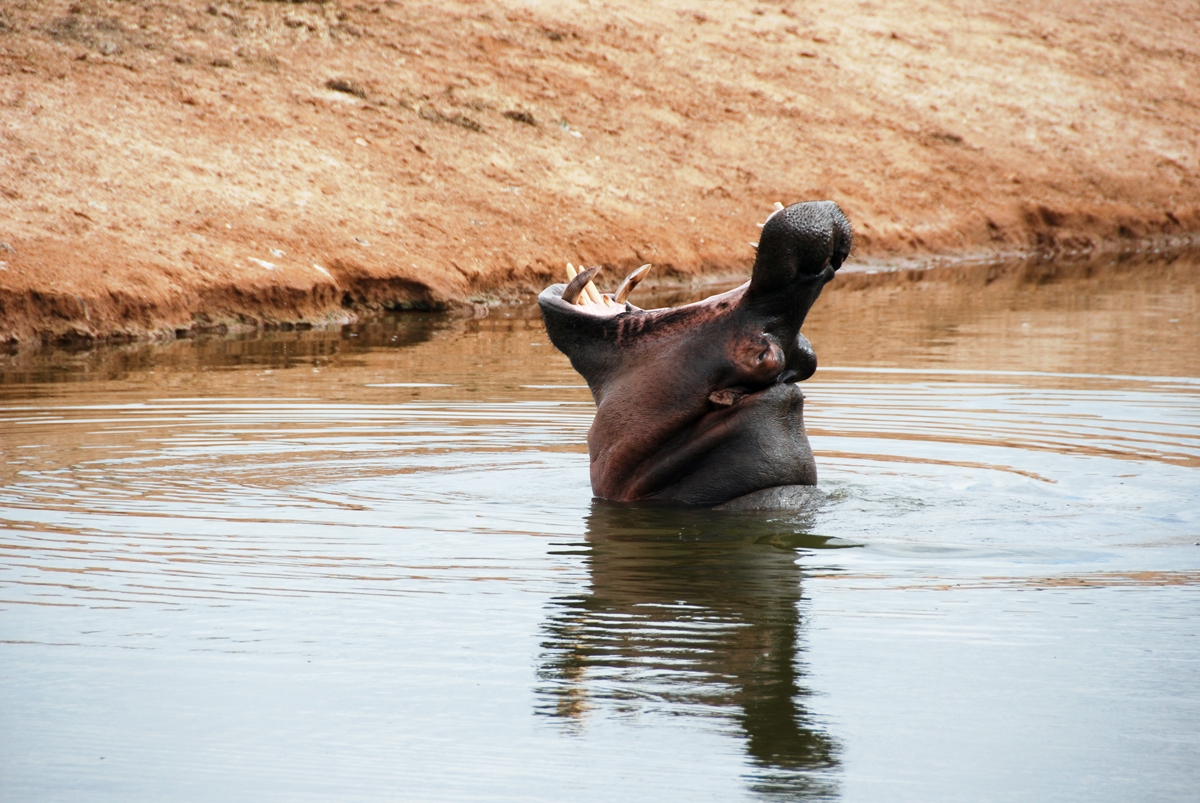
You should be worried when a hippo yawns – it is a sign of irritation.
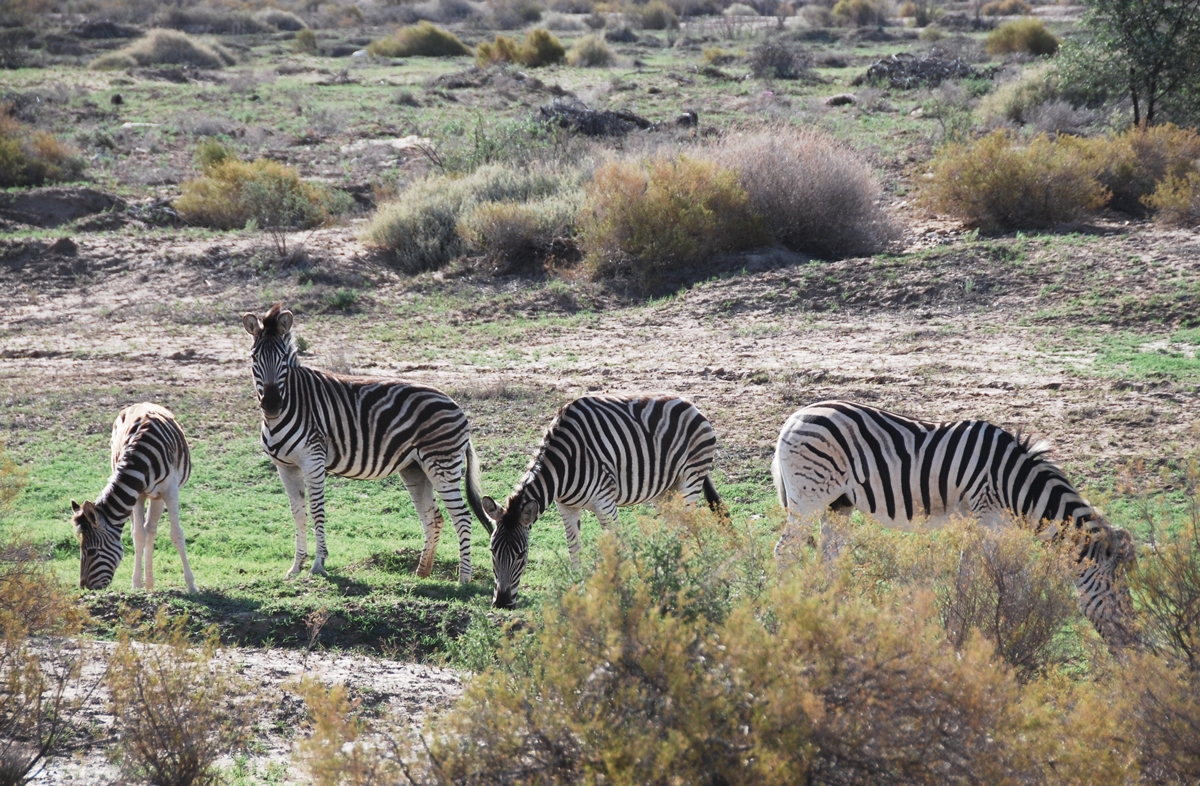
A zebra may live 30 years in the wild and her running speed is 65 km an hour. They are very social animals and a herd may consist of as many as 10 000 individuals.
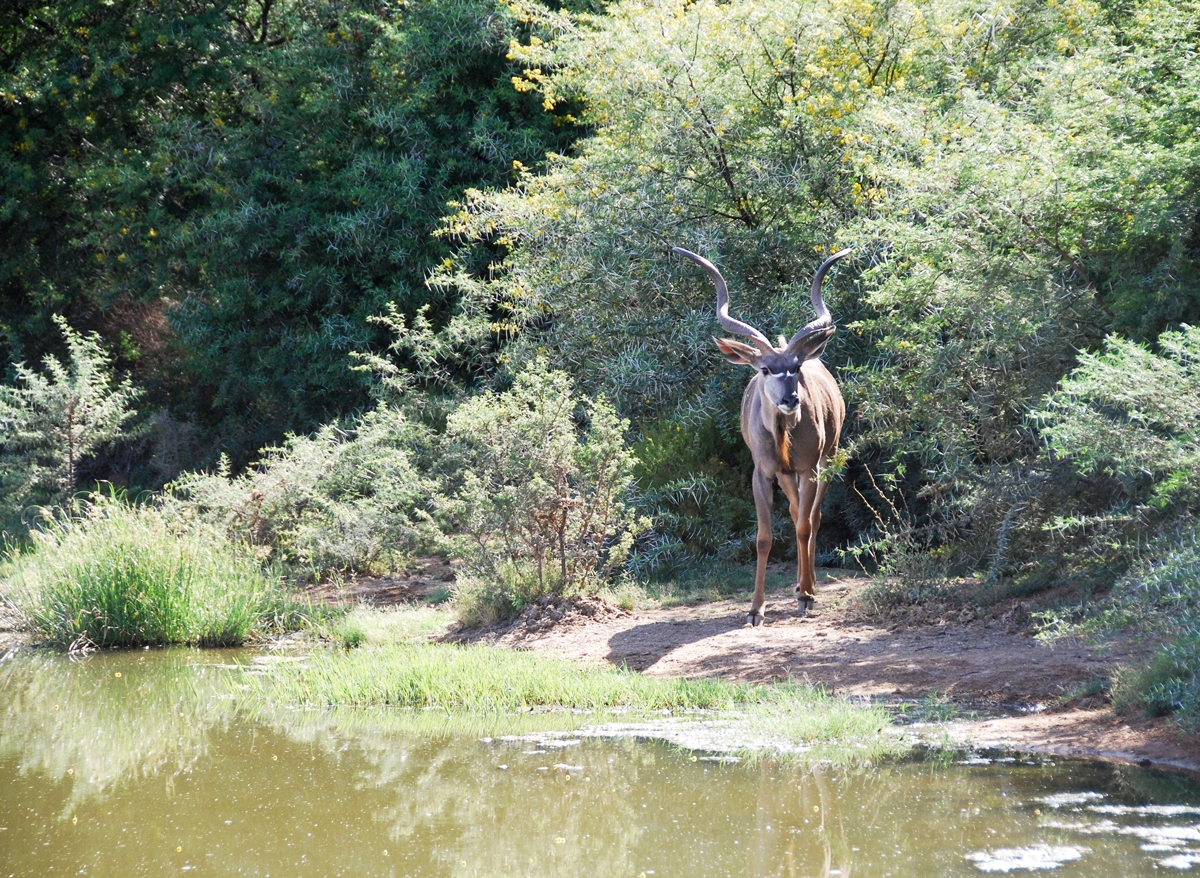
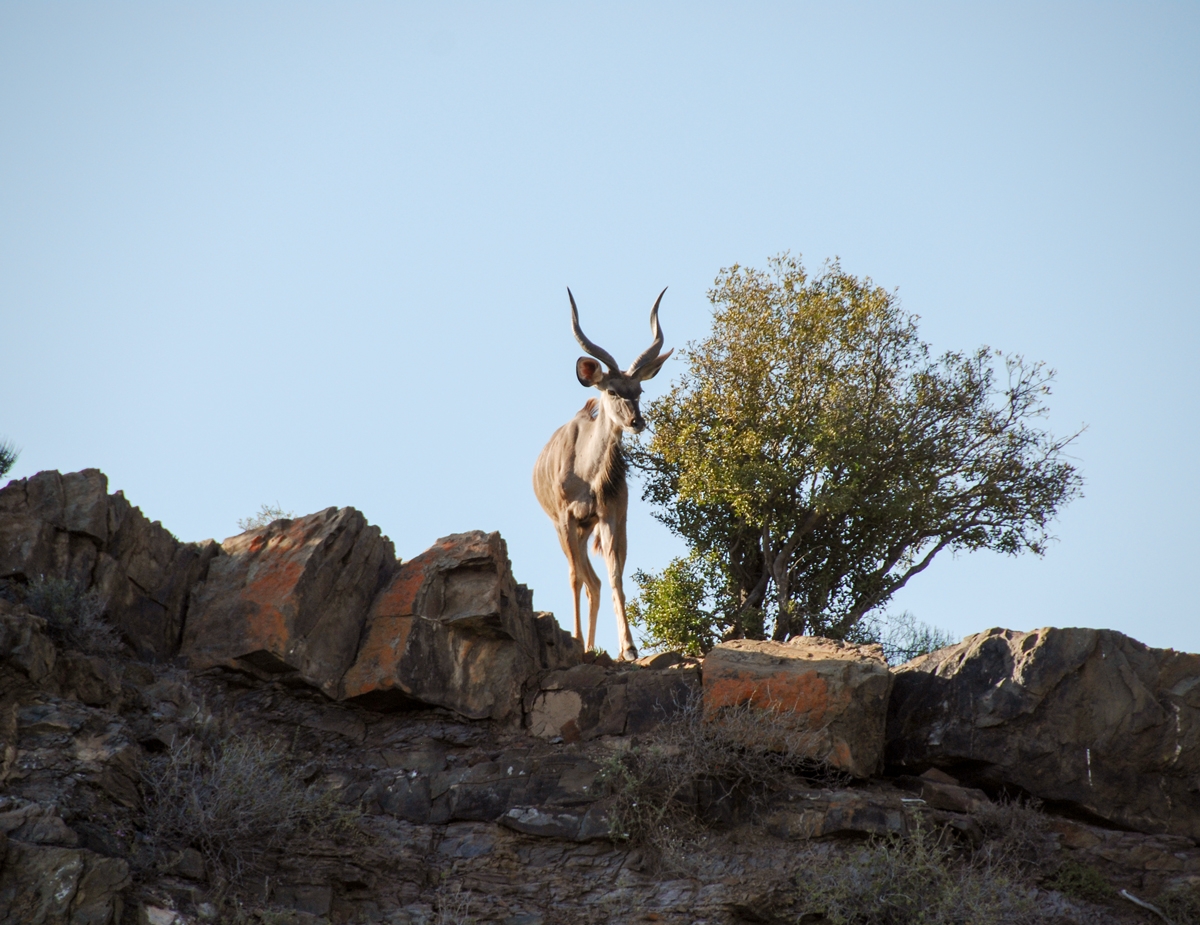
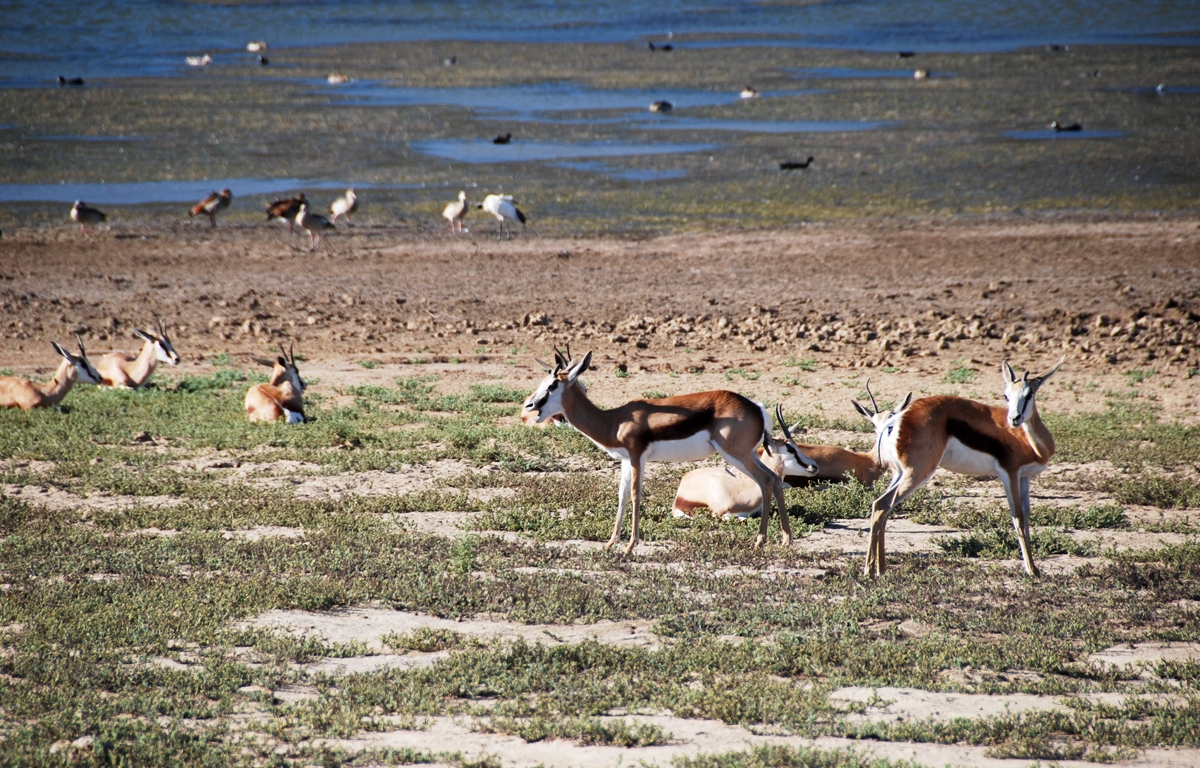
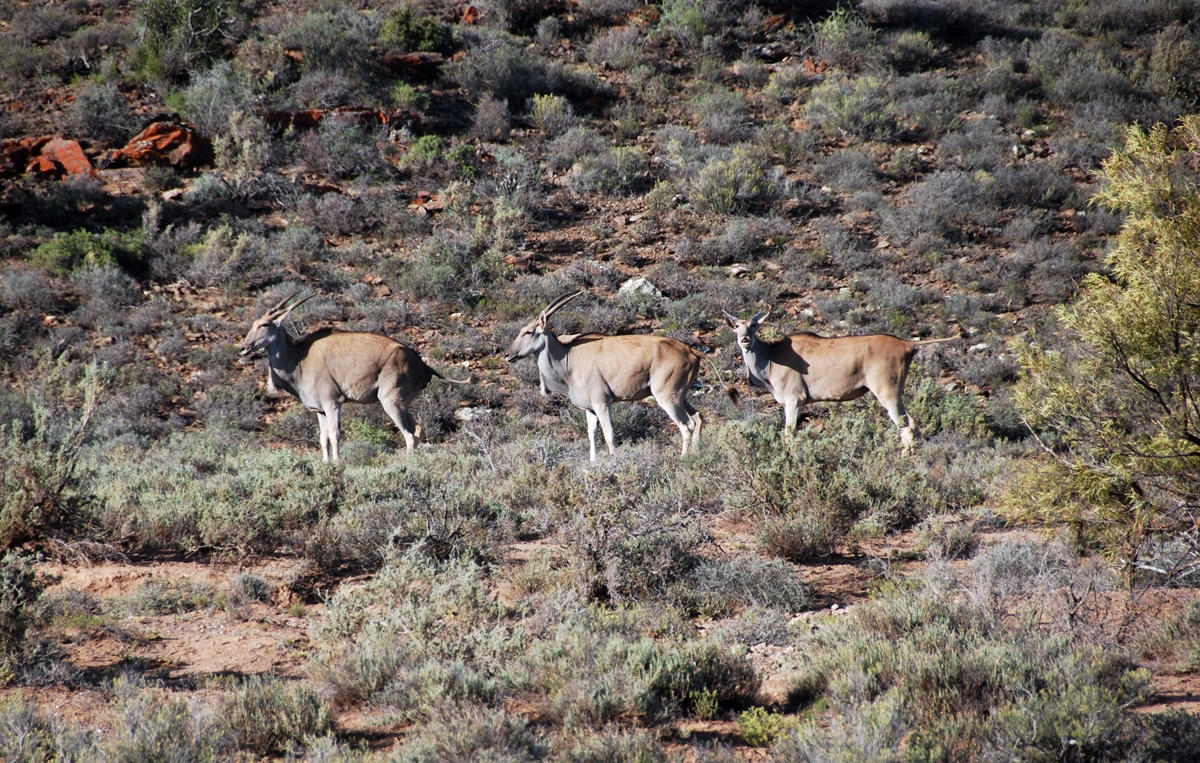
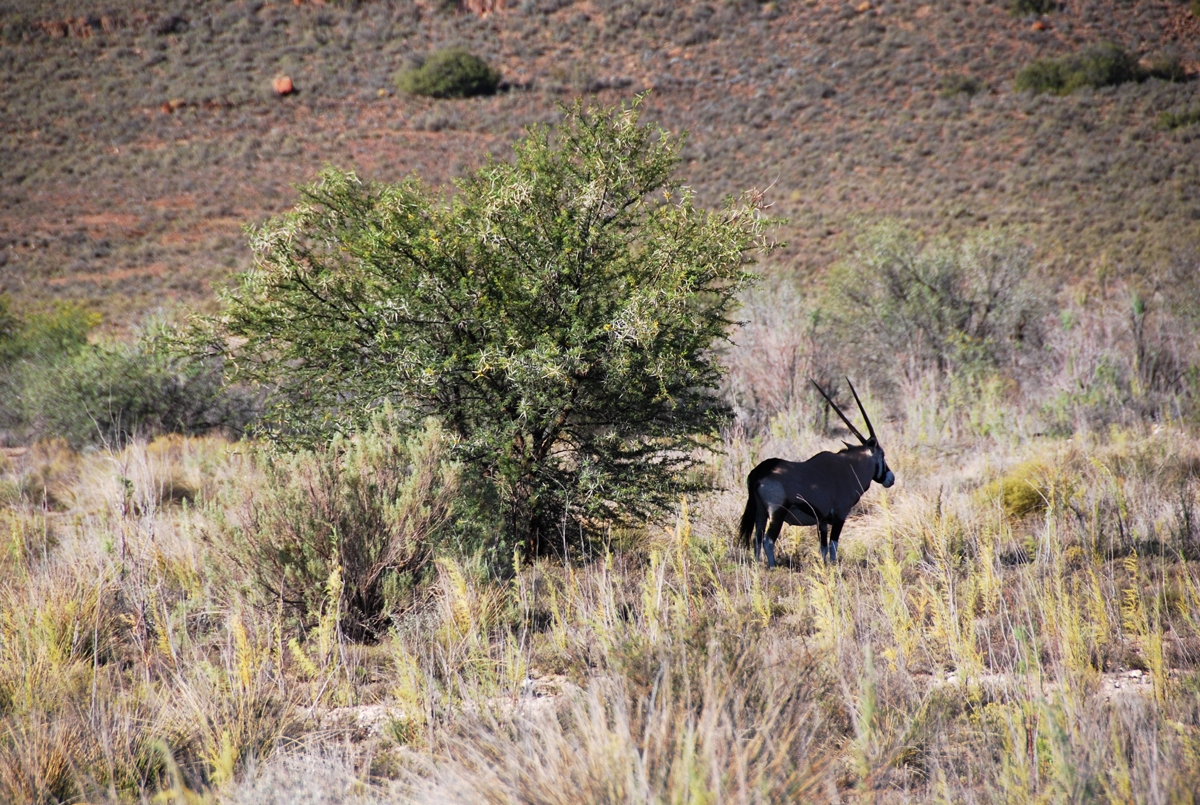
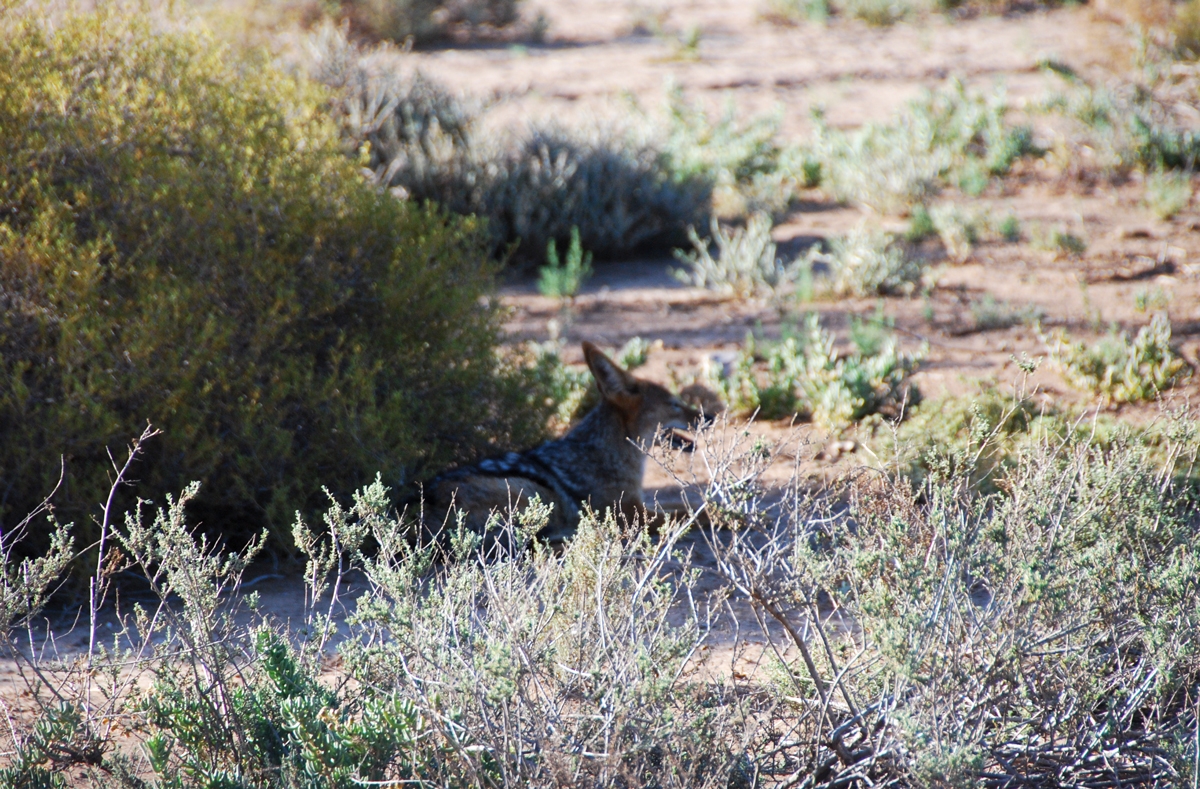
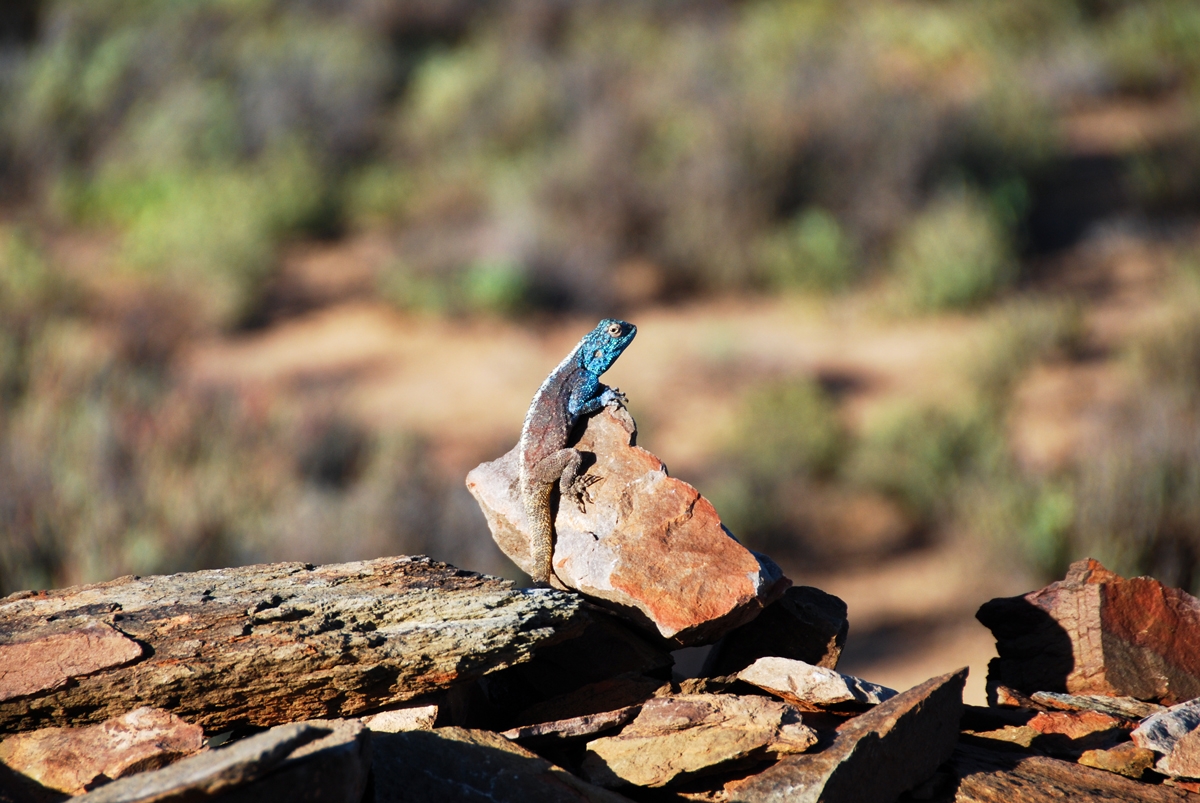
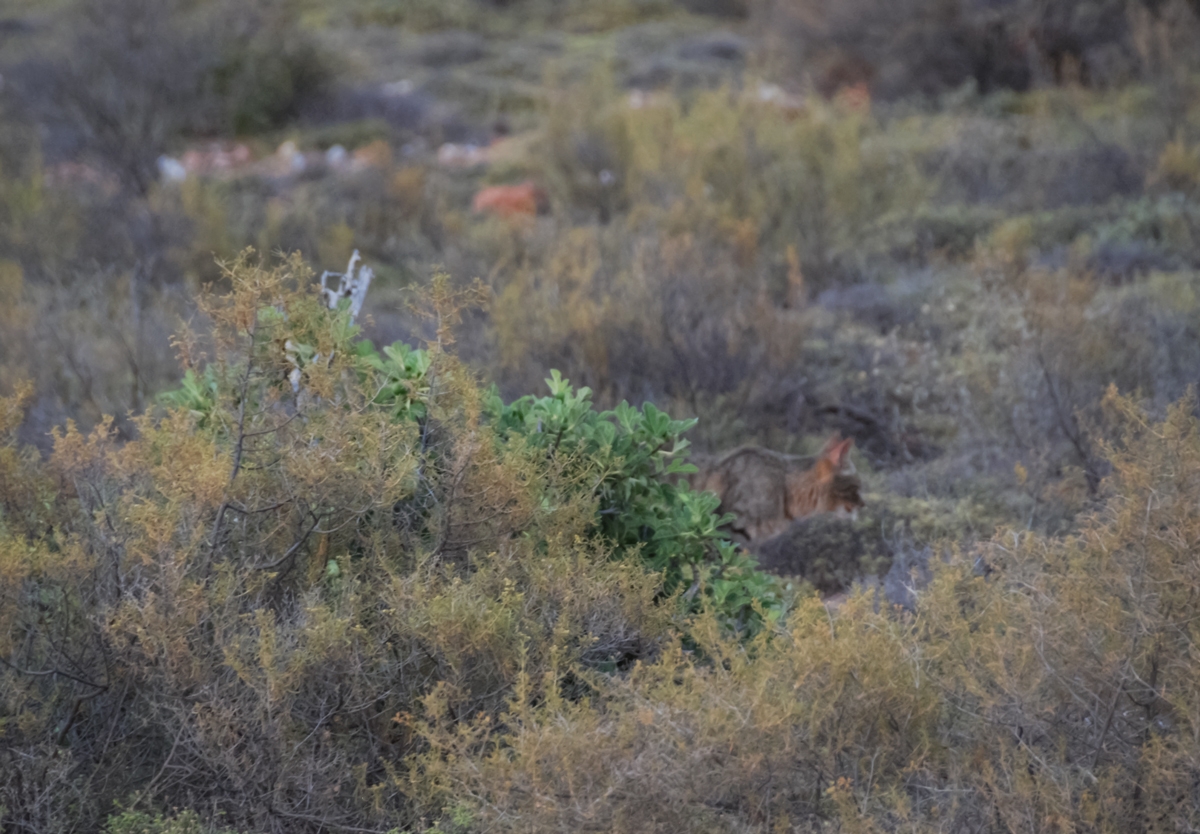
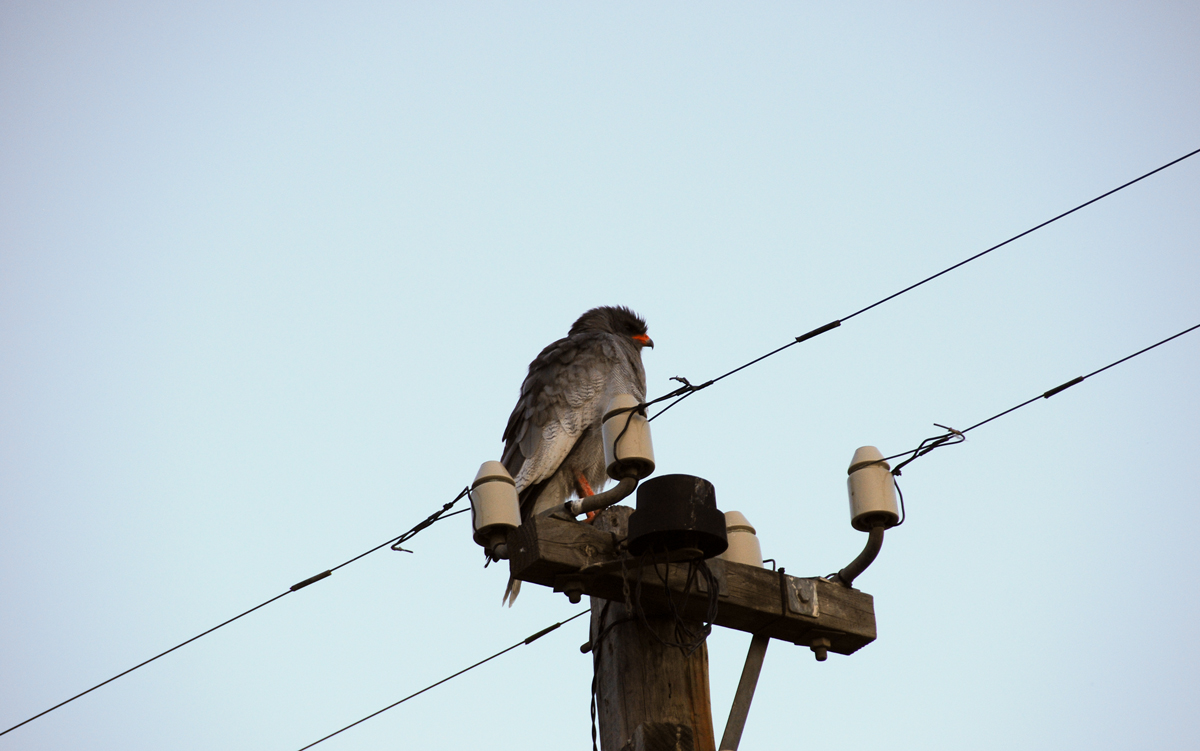
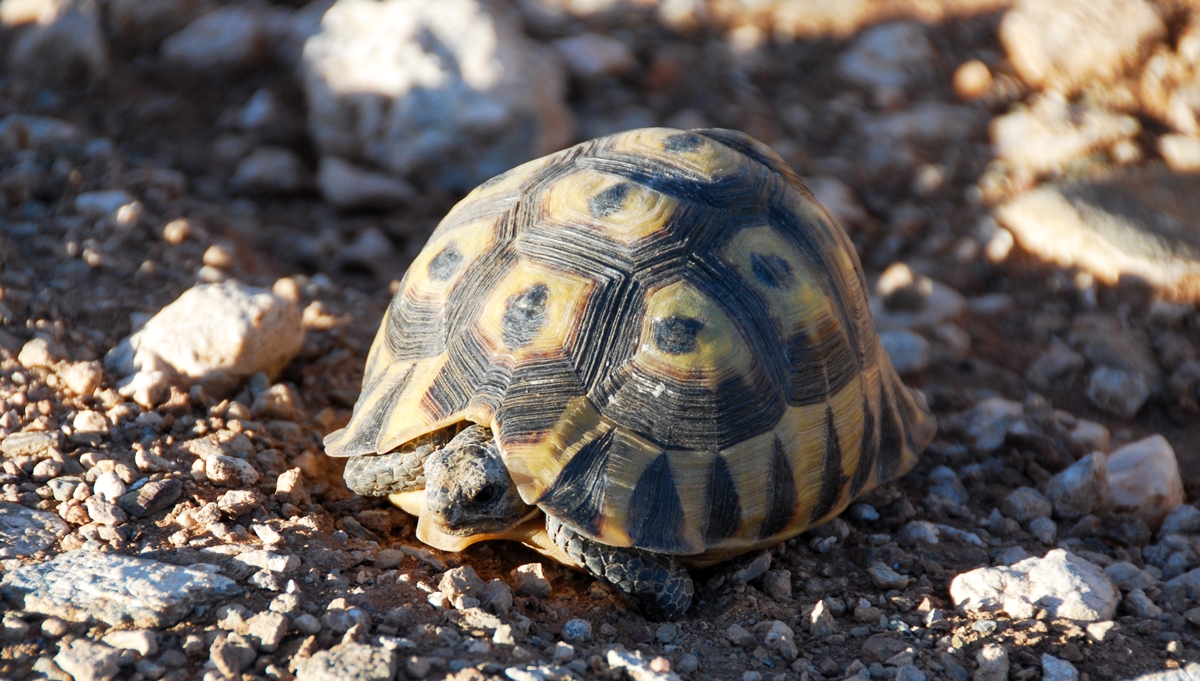
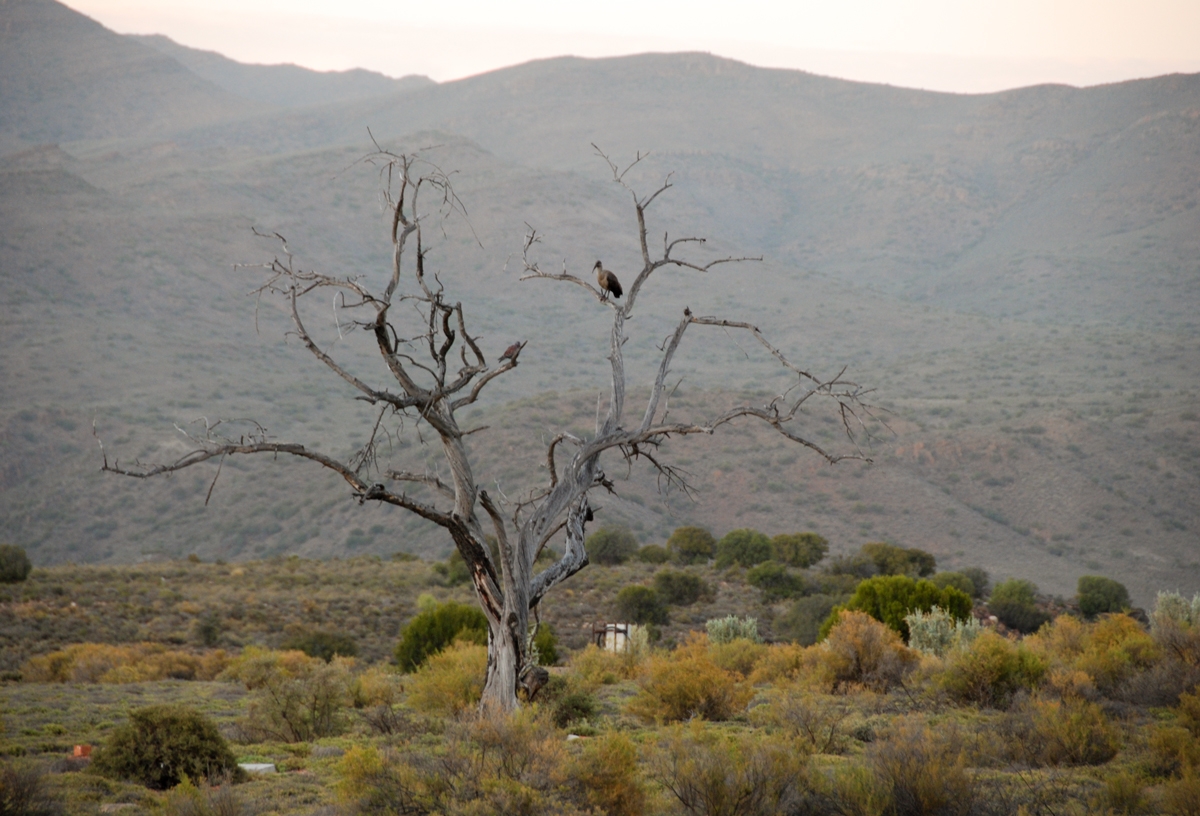
Plants
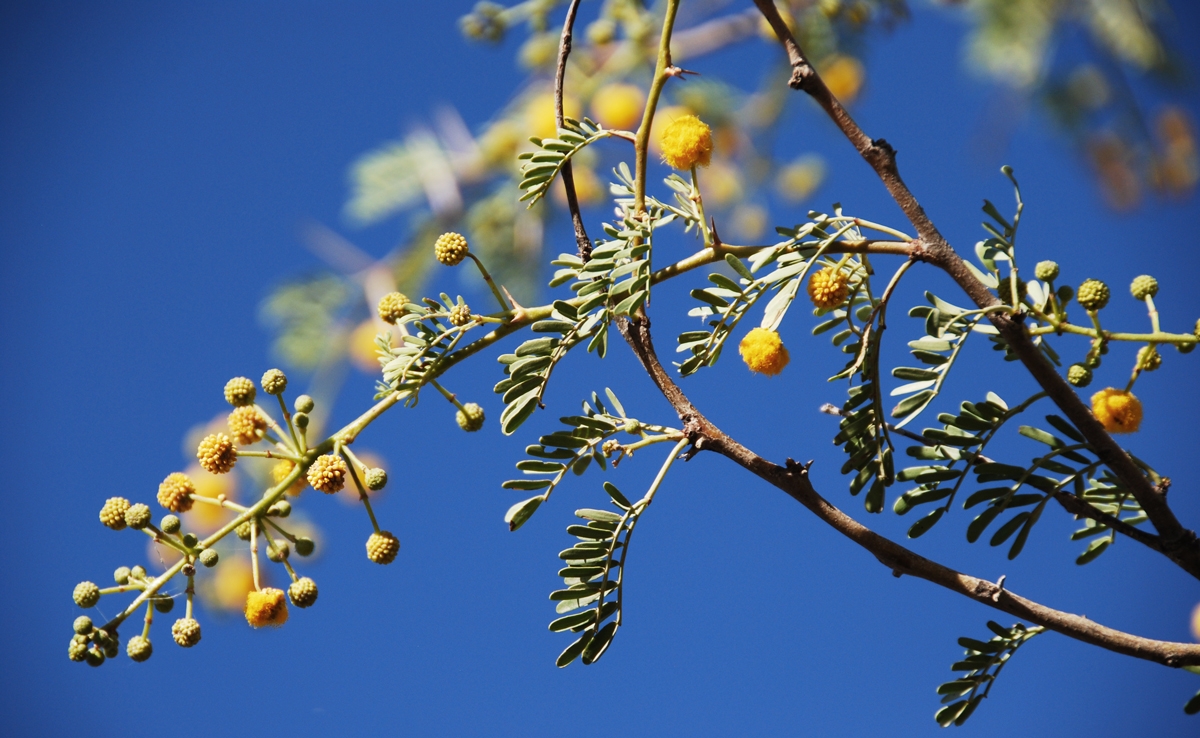
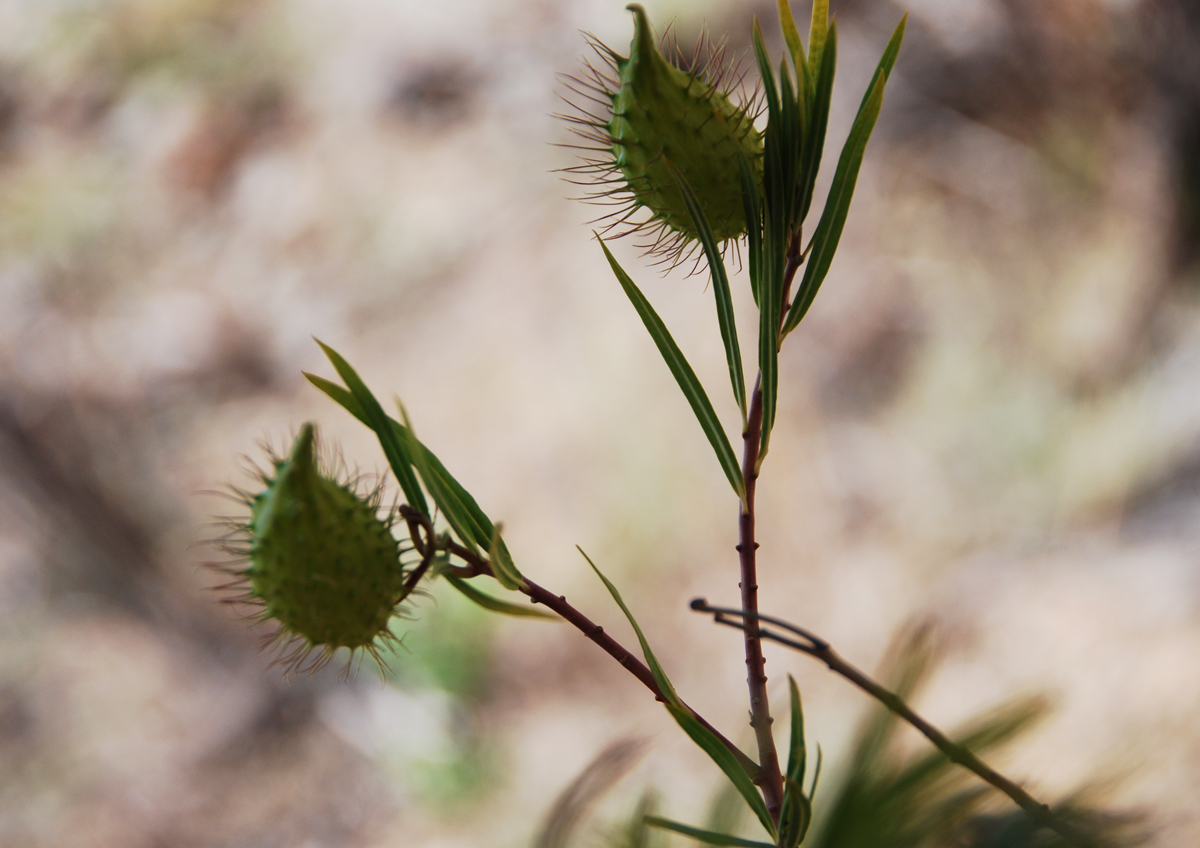
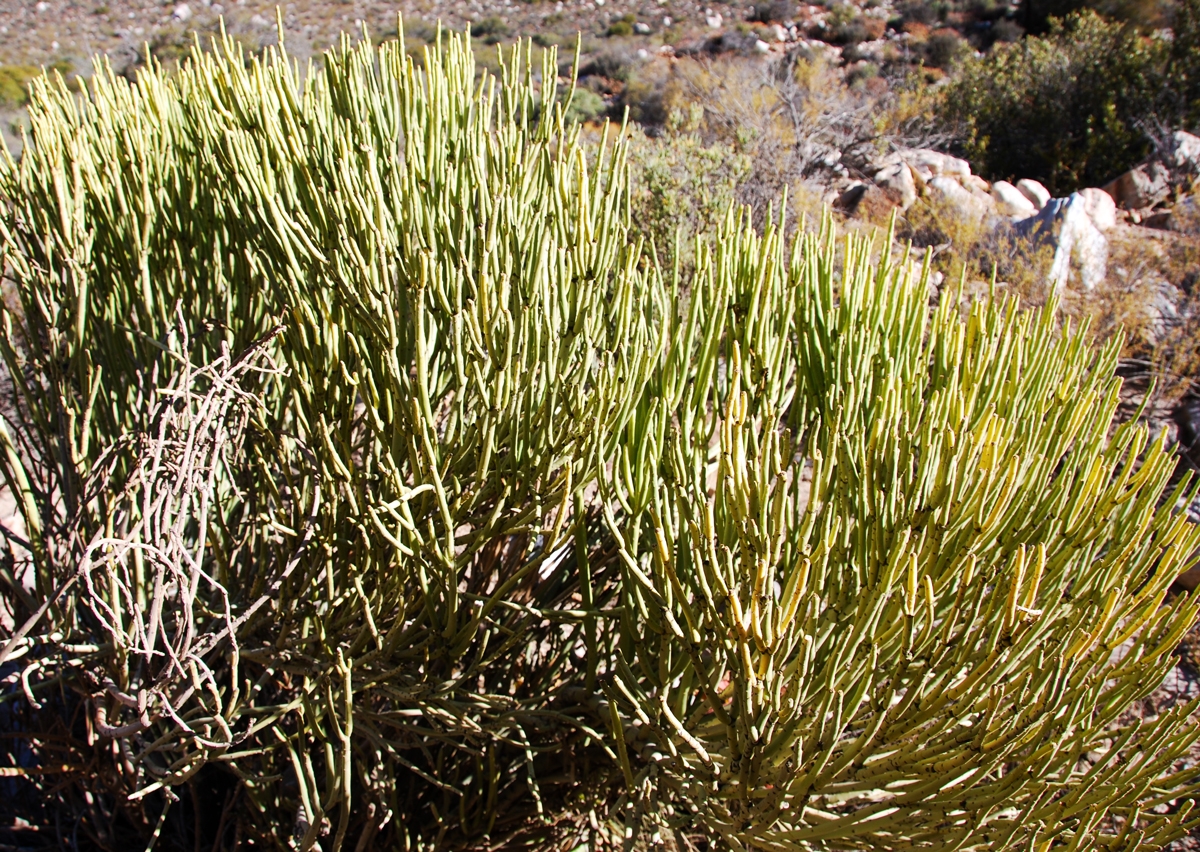
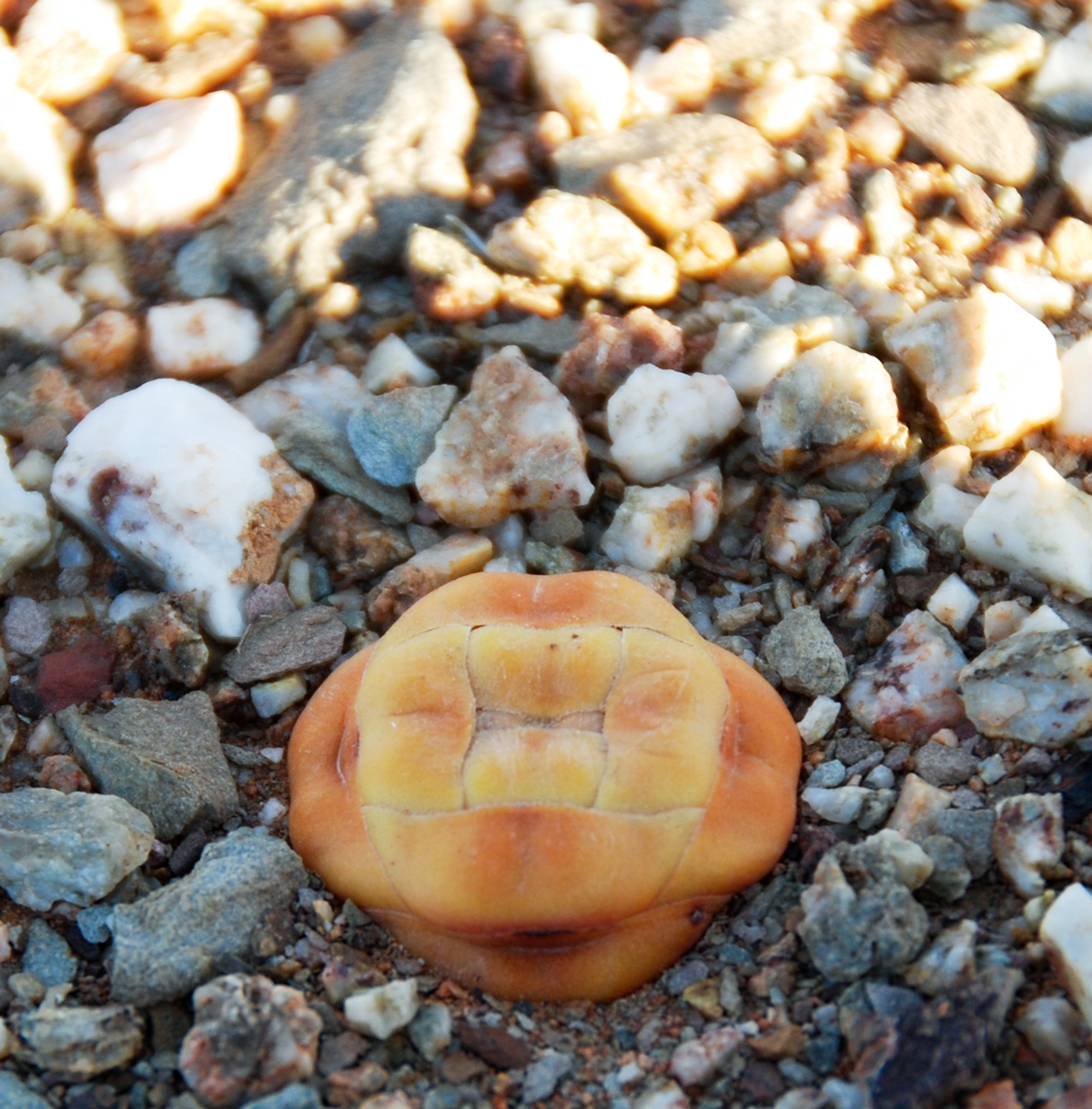
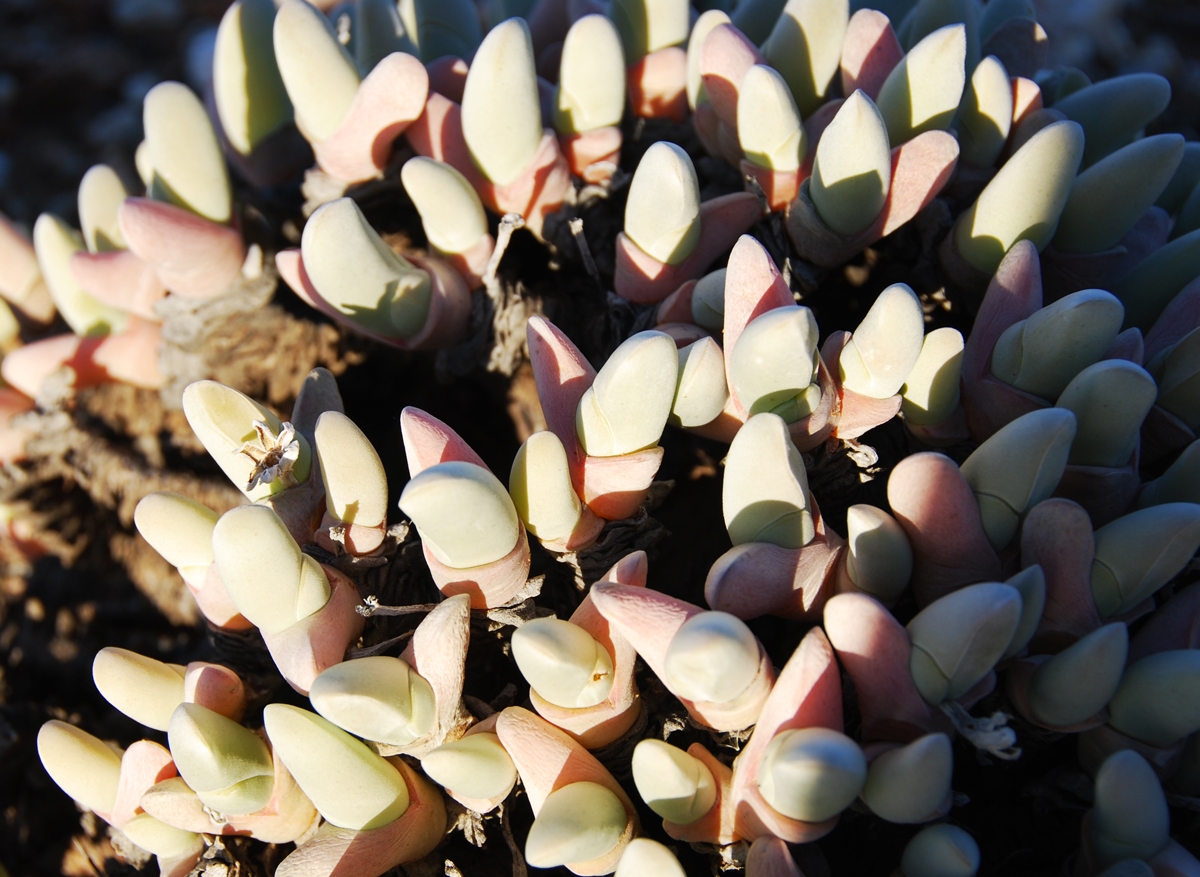
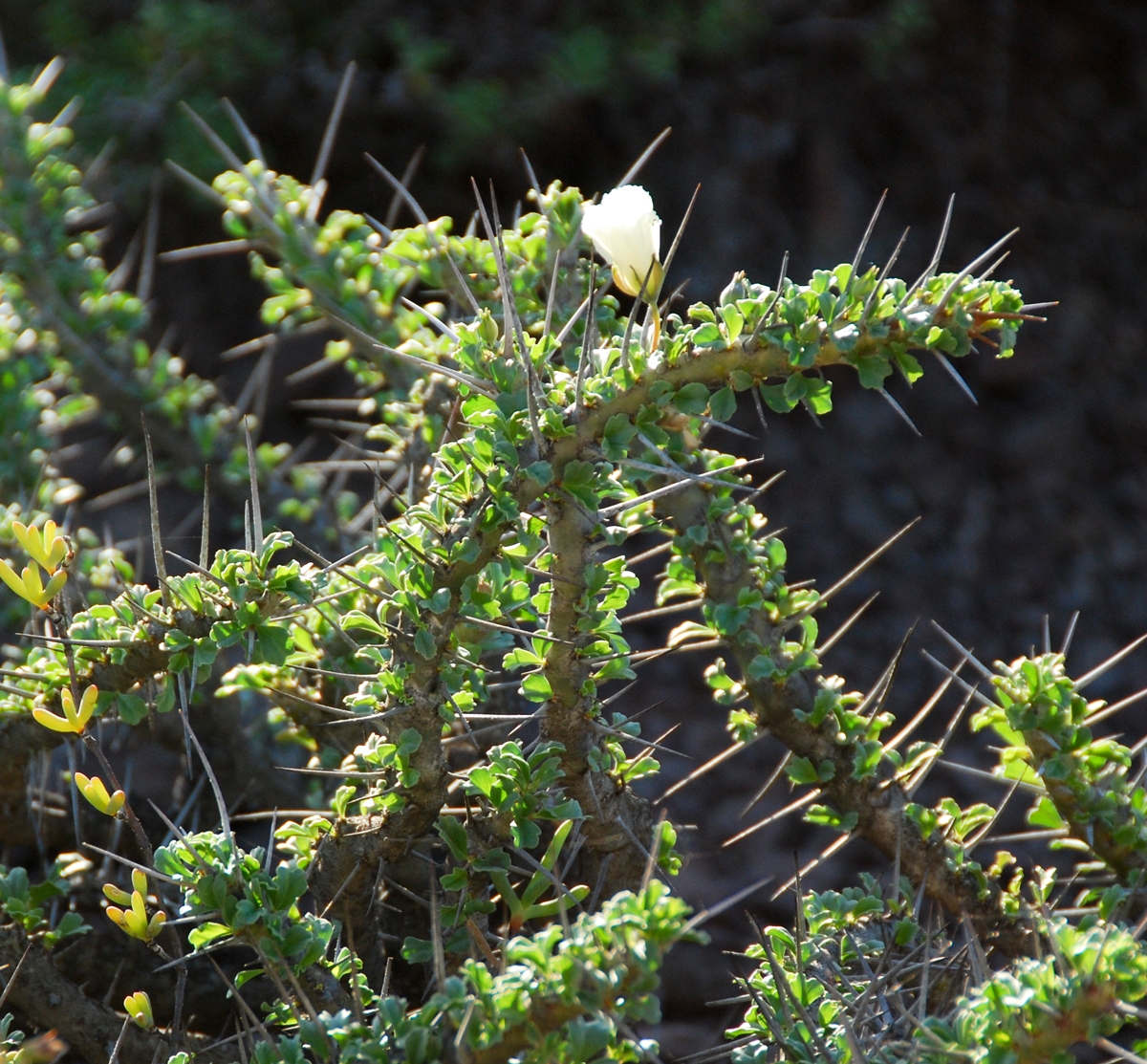
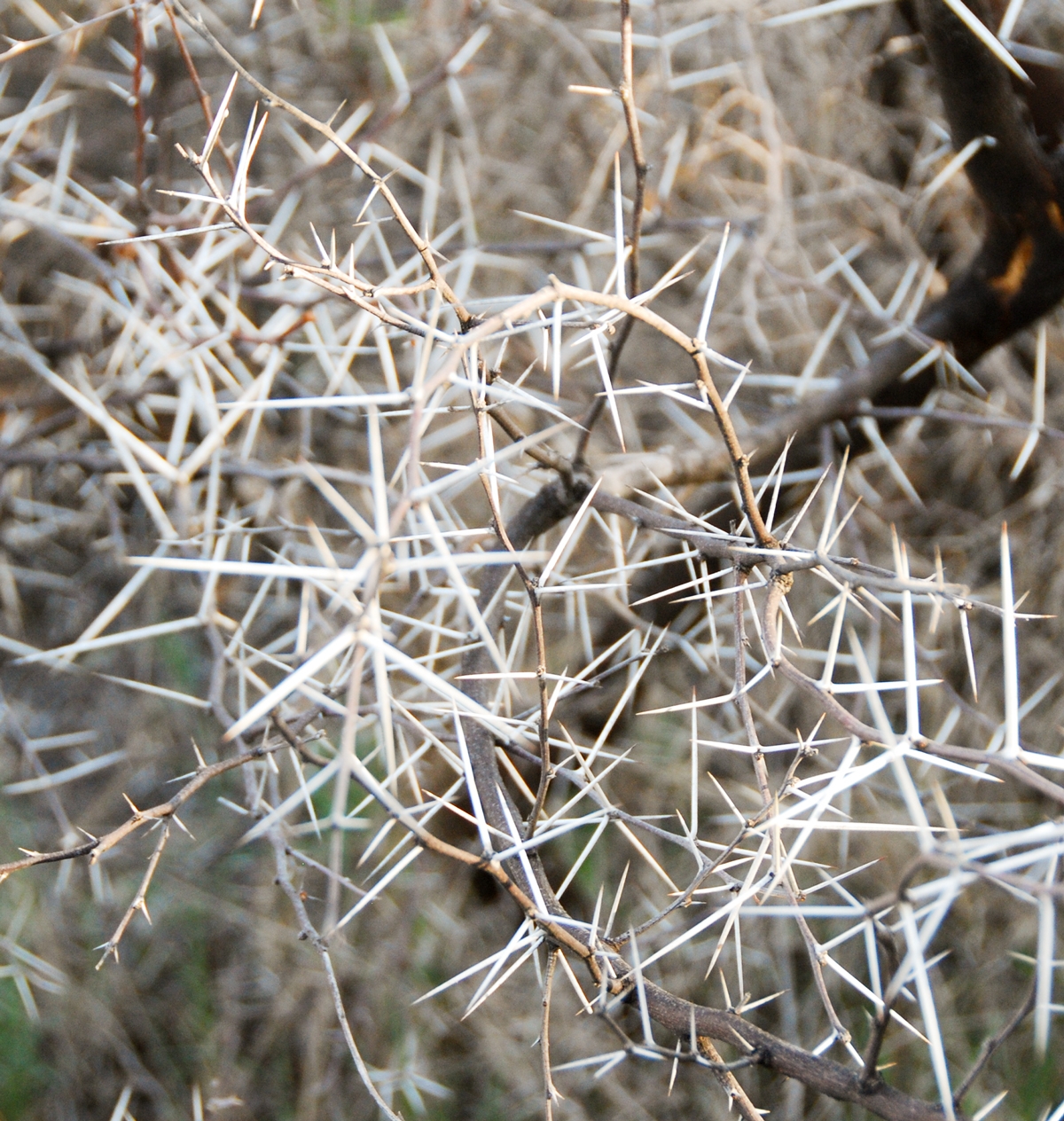
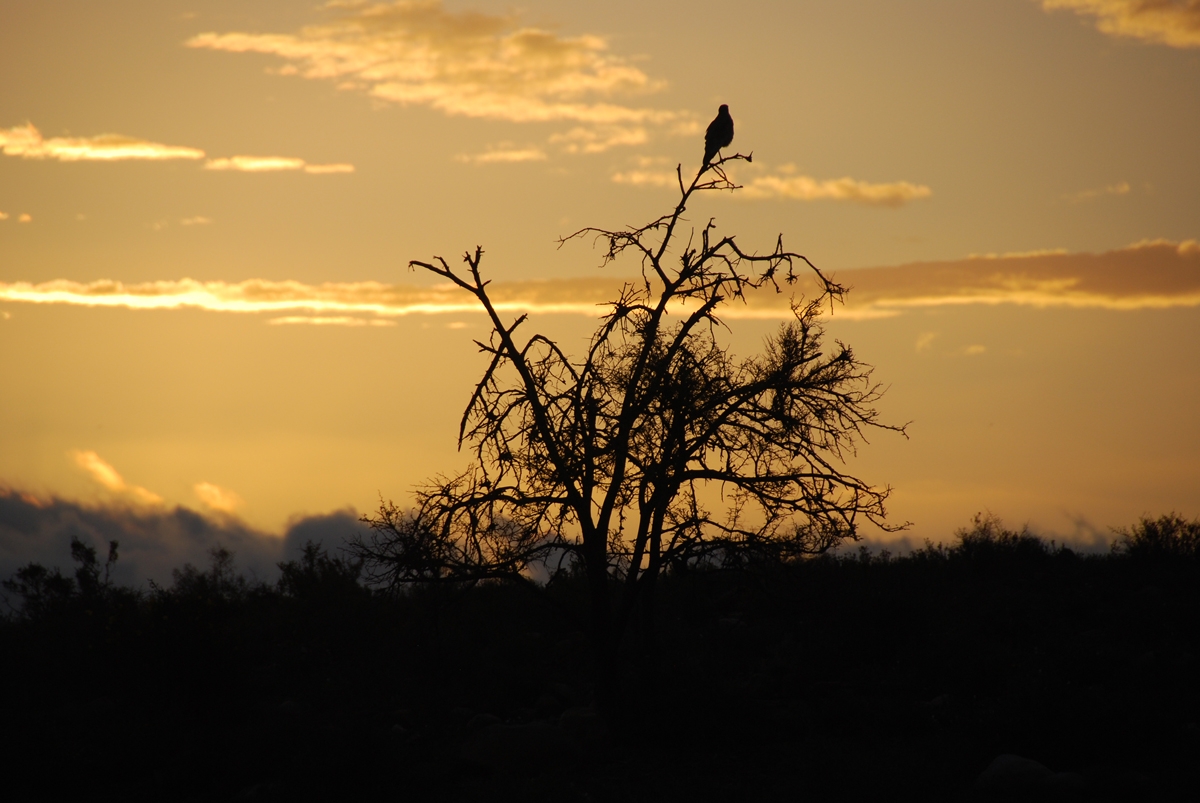
We return to the lodge when the sun goes down. By then, the temperature has dropped and you definitely need a warm coat or a blanket you can wrap around you.
